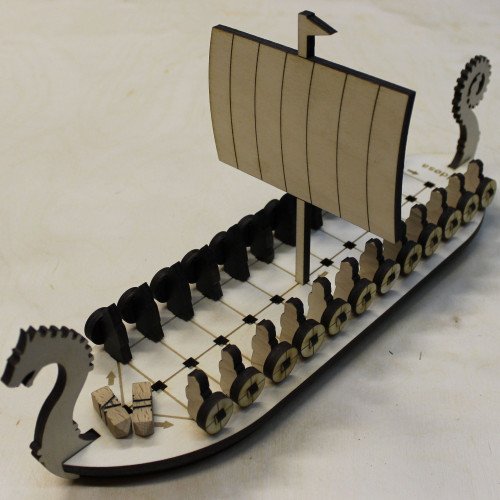ABALONE VS DALDØS

ABALONE
Abalone is a two-player abstract strategy board game designed by Michel Lalet and Laurent Lévi in 1987. Players are represented by opposing black and white marbles on a hexagonal board with the objective of pushing six of the opponent's marbles off the edge of the board. Abalone was published in 1990 and has sold more than 4.5 million units. The year it was published it received one of the first Mensa Select awards. It is currently sold in more than thirty countries. The board consists of 61 circular spaces arranged in a hexagon, five on a side. Each player has 14 marbles that rest in the spaces and are initially arranged as shown below, on the left image. The players take turns with the black marbles moving first. For each move, a player moves a straight line of one, two or three marbles of one color one space in one of six directions. The move can be either broadside / arrow-like (parallel to the line of marbles) or in-line / in a line (serial in respect to the line of marbles), as illustrated below. A player can push their opponent's marbles (a "sumito") that are in a line to their own with an in-line move only. They can only push if the pushing line has more marbles than the pushed line (three can push one or two; two can push one). Marbles must be pushed to an empty space (i.e. not blocked by a marble) or off the board. The winner is the first player to push six of the opponent's marbles off of the edge of the board.
Statistics for this Xoptio

DALDØS
Daldøs is a running-fight board game only known from a few coastal locations in southern Scandinavia, where its history can be traced back to around 1800. The game is notable for its unusual four-sided dice (stick or long dice). In Denmark it is known as daldøs in Northern and Western Jutland (Mors, Thisted and Fanø), and possibly as daldos on Bornholm. In Norway it is known under the name of daldøsa from Jæren, where, unlike in Denmark, a continuous tradition of the daldøs game exists. Daldøs has much in common with some games in the sáhkku family of Sámi board games. Sáhkku is known to have been played among Sámi on the northern coast and eastern-central inland of Sápmi, far away from Jæren and Denmark. Otherwise, the closest relatives of this game appear to be the tâb games from Northern Africa and South-western Asia, possibly apart from one unlabelled diagram in a codex from Southern England. The board is boat-shaped and has three parallel rows of holes, two of which (A and B) have 16 holes each, while the middle row has an extra hole in the prow of the ship. Each player has 16 spatula-shaped pieces with a bottom end fitting into the holes of the board. One player has pieces that are rather wide and thin; whereas the other player's pieces are more obelisk-shaped. At the beginning of the game, player A's pieces are placed in the holes of row A so that the spatulas are perpendicular to the row (un-dalled), and equivalently for player B. Later in the game, the pieces will be turned (fordallede, or dalled) so that the spatula is parallel to the rows. Two special dice are used. Each die is a four-sided long die with pyramidal or rounded ends, preventing the die from standing on end. They may be about 2 by 2 cm in cross section, and 4 cm long. The four sides are marked A (with the value 1, called dallen, i.e. the dal), II (2, probably called døs), III (3) and IIII (4). According to some sources, the dal is opposite to III.